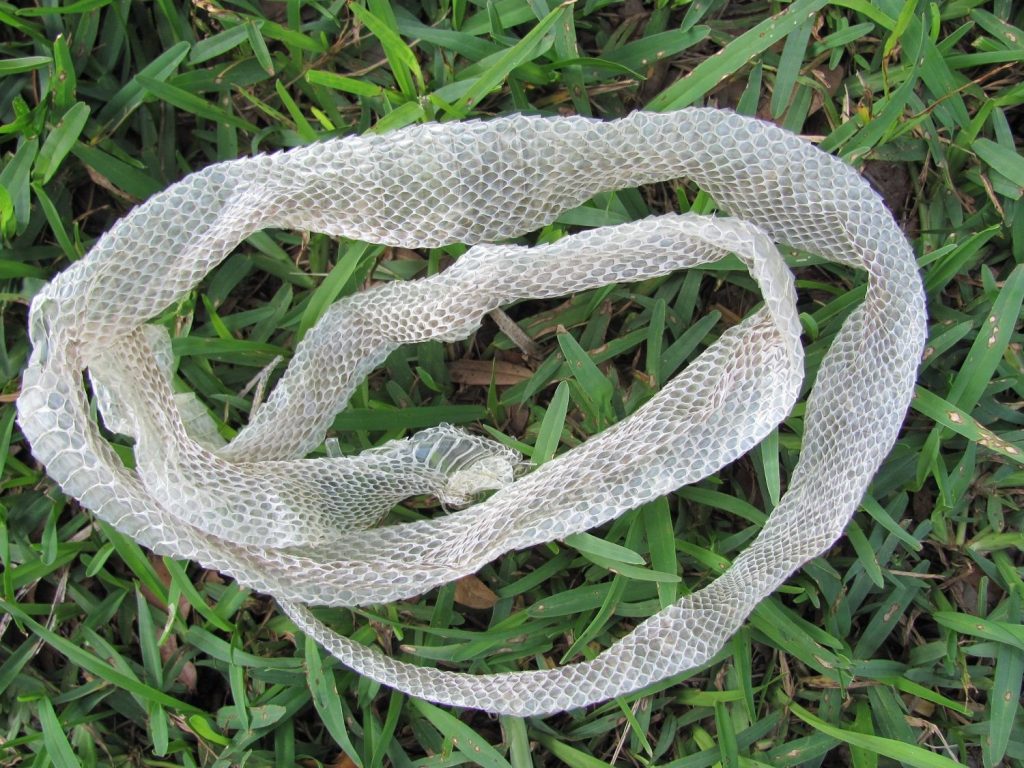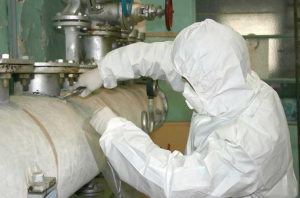Find Out: When Do Snakes Shed Their Skin – Expert Guide

Snakes shed their skin periodically to allow for growth and repair. When do snakes shed their skin? Understanding this fascinating process is crucial for snake owners and enthusiasts alike. Shedding, also known as ecdysis, is a vital part of a snake’s life cycle, enabling them to renew their outer layer. Keep reading to uncover the secrets behind when and why snakes shed their skin.
When Do Snakes Shed Their Skin: A Closer Look at the Fascinating Process
Welcome, young explorers, to a fascinating journey into the world of snakes! Have you ever wondered when and why snakes shed their skin? In this exciting adventure, we will dive deep into the mysterious world of snakes and uncover the secrets behind their incredible ability to shed their skin. So, grab your magnifying glass and let’s unravel the mysteries of snake shedding!
The Basics of Snake Skin
Before we unravel the mystery of when snakes shed their skin, let’s first understand why they do it. You see, snakes are unique creatures with a remarkable skin that is quite different from our own. While we have skin that grows as we grow, snakes have scales that cover their bodies. These scales are made of a tough protein called keratin, which gives snakes their scaly appearance.
Unlike us, snakes cannot shed their skin in small pieces. Instead, they shed their entire skin all at once. This process is called ecdysis, and it is essential for the health and growth of snakes. As snakes grow, their skin becomes tight and old, so they need to shed it to allow for new, healthy skin to grow underneath.
Understanding the Shedding Process
Now that we know why snakes shed their skin, let’s dive into the process itself. Snakes do not shed their skin all at once; instead, they shed it in pieces. This process can take anywhere from a few days to a few weeks, depending on the snake’s size and age.
Before shedding, snakes enter a phase called pre-ecdysis, where their skin becomes dull and their eyes turn a bluish color. During this time, the snake’s body secretes a fluid between the old and new skin layers, helping to loosen the old skin.
Once the old skin is ready to shed, the snake begins the process by rubbing its head against rough surfaces to create a split in the skin. Then, the snake slowly works its way out of the old skin, much like taking off a tight sweater. This process can be quite tiring for the snake, so they often rest and bask in the sun afterward to regain their strength.
So, When Do Snakes Shed Their Skin?
Now, the million-dollar question – when do snakes shed their skin? Well, the frequency of shedding depends on several factors, such as the snake’s age, species, and growth rate. Young snakes shed their skin more frequently than older snakes because they are growing rapidly.
Most snakes shed their skin every 4-8 weeks, but some species may shed more often, while others may shed less frequently. In general, snakes shed their skin more frequently when they are young and growing, and less often as they reach adulthood.
Factors Affecting Shedding
Several factors can influence when snakes shed their skin. One of the most significant factors is the snake’s growth rate. Fast-growing snakes shed more often to accommodate their rapid growth, while slower-growing snakes shed less frequently.
Another factor that can affect shedding is the snake’s environment. Snakes living in humid environments shed more often than those in drier climates. The humidity helps soften the old skin, making it easier for the snake to shed.
Additionally, the snake’s health and diet play a role in the shedding process. A healthy snake with a balanced diet is more likely to shed its skin regularly and without complications. On the other hand, snakes that are stressed or malnourished may have difficulty shedding their skin properly.
Common Misconceptions About Snake Shedding
There are several myths and misconceptions surrounding snake shedding that are important to clarify. One common misconception is that snakes shed their skin because they are dirty or unclean. This is not true! Snakes shed their skin as a natural part of their growth process, not because they are dirty.
Another misconception is that snakes only shed their skin when they are sick or injured. While illness or injury can sometimes affect a snake’s shedding cycle, most of the time, shedding is a healthy and normal process for snakes.
How to Help Snakes During Shedding
As caring nature enthusiasts, we can help snakes during the shedding process by creating a suitable environment for them. Providing a humid hide or a shallow water dish can help snakes maintain the right humidity levels for shedding. It’s also essential to ensure that the snake has rough surfaces in its enclosure to help facilitate the shedding process.
During shedding, snakes may appear more irritable or secretive, so it’s crucial to give them space and minimize handling to reduce stress. After shedding, snakes may be more vulnerable, so extra care should be taken to ensure they have a safe and comfortable environment to recover.
Congratulations, young explorers, you have successfully embarked on a thrilling adventure into the world of snake shedding! We have uncovered the secrets behind why and when snakes shed their skin, delved into the fascinating shedding process, and debunked common myths about snake shedding.
Remember, snake shedding is a natural and essential process for these incredible creatures. By understanding and respecting this process, we can help ensure the health and well-being of snakes in the wild and captivity. So, next time you see a snake shedding its skin, marvel at the wonders of nature and appreciate the beauty of these scaly serpents!
Happy exploring!
The Incredible Way Snakes Shed Their Skin | Real Wild
Frequently Asked Questions
1. When is the shedding of snake skin most common?
Snakes shed their skin regularly throughout their lives, with the frequency varying depending on factors like age, growth rate, and health. However, shedding is most common in younger snakes as they grow rapidly and require shedding to accommodate their increasing size.
2. How can I tell when a snake is about to shed its skin?
Before shedding, a snake’s skin may appear dull or cloudy as the old skin separates from the new layer beneath. Additionally, the snake’s eyes may appear bluish or opaque, as a spectacle or eye cap, that covers the eye, loosens just before shedding.
3. Is it normal for a snake to stop eating before shedding?
Yes, it is common for snakes to lose their appetite or decrease their food intake before shedding. This behavior is normal as their digestive system slows down in preparation for shedding their skin.
4. Can handling a snake while it’s shedding harm it?
It is best to avoid handling a snake while it is in the process of shedding. The old skin is delicate, and any premature removal can cause potential harm or distress to the snake. Allow the snake to shed its skin naturally without interference.
Final Thoughts
Snakes shed their skin periodically as they grow. When do snakes shed their skin? The shedding process, known as ecdysis, occurs regularly to accommodate their increasing size. Shedding helps snakes maintain healthy skin by getting rid of old and damaged layers. Understanding when and how often snakes shed their skin is crucial for their overall health and well-being.







